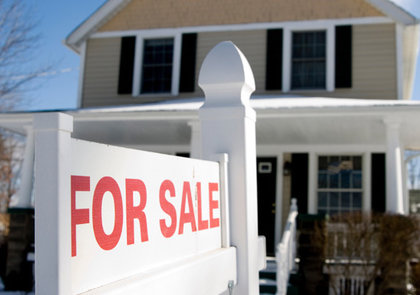June’s existing-home sales may have fallen from May, but they retained strong yearly increases, while other fundamentals improved.
Existing-home sales may have fallen by 1.2 percent from May to June, but June’s seasonally adjusted annual rate of 5.08 million was still 15.2 percent higher than a year ago, according to the latest numbers from the National Association of Realtors.
Median existing-home price was similarly positive, rising 13.5 percent from June 2012; for both prices and sales, there have been yearly increases for 16 and 24 straight months, respectively.
Housing Inventory, Median Time on Market Improve in June
Other notable stats from NAR’s report included:
- Housing inventory continued to increase, rising 1.9 percent from May to a 5.2-month supply in June; that’s still down 7.6 percent from a year earlier, but overall, the inventory situation is worlds better than it was at the start of the year.
- Also promising was distressed home sales, which made up just 15 percent of all existing-home sales in June; that’s down from 18 percent in May and 26 percent in June 2012, and the lowest share since NAR began tracking the data in October 2008.
- Median time on market also improved, falling from 41 days in May to 37 days in June. For comparison’s sake, median time was 70 days a year ago!
- Finally, first-time homebuyers remain missing in action; just 29 percent of sales were for first-time buyers, which is 11-percentage points lower than the historical average.
NAR’s positive data was also widespread across the various regions. Here in the Midwest, existing-home sales were unchanged in June, but were 17.5 percent higher than a year ago, and median price was up 8.9 percent; meanwhile, yearly sales in the South were up 16.0 percent, while price rose 13.7 percent.
Existing-Home Sales: Impacted By Rising Interest Rates
It’s no mystery that mortgage rates have risen in dramatic fashion the last couple months, but Lawrence Yun, the chief economist for NAR, said that such increases will only affect high-cost real estate markets, i.e. not ours.
“Affordability conditions remain favorable in most of the country, and we’re still dealing with a large pent-up demand,” Yun said. “However, higher mortgage interest rates will bite into high-cost regions of California, Hawaii and the New York City metro area market.”

